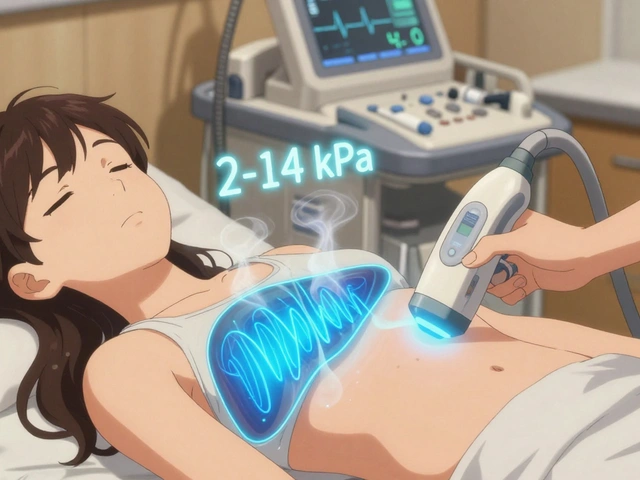Digital Ovulation Test: Your Guide to Smarter Fertility Tracking
When working with digital ovulation test, a handheld device that reads urine and displays hormone levels on a screen. Also known as ovulation predictor kit, it helps you spot the LH surge, the sudden rise in luteinizing hormone that signals ovulation is near. By converting a chemical reaction into a clear visual readout, the test removes guesswork and speeds up the timing of intercourse for couples trying to conceive.
Why go digital? A digital ovulation test offers three big perks: it shows results with a simple + or - sign, it reduces user error compared to line‑based kits, and it often pairs with smartphone apps that log results over multiple cycles. Those apps become a fertility tracker, collecting data on basal body temperature, cervical mucus, and LH spikes. This holistic view lets you see patterns, predict future fertile windows, and adjust lifestyle factors that influence hormone balance.
Another tool many women keep nearby is a home pregnancy test, which uses a similar urine‑based chemistry but looks for hCG instead of LH. While both tests share the same sample type, their detection thresholds differ: ovulation kits target the pre‑ovulatory LH peak, whereas pregnancy tests target the post‑conception hCG rise. Knowing the difference helps you avoid confusion—an early positive on a pregnancy test means you’ve likely already ovulated, while a positive on a digital ovulation test tells you ovulation is imminent.
Making the Most of Your Digital Ovulation Test
To get reliable numbers, follow a few practical steps. First, test at the same time each morning, because LH levels surge quickly and can fluctuate throughout the day. Second, avoid excessive fluid intake right before testing; a diluted sample may mask the surge. Third, read the device’s instructions about the number of days you should start testing—most experts recommend beginning on day 10 of a typical 28‑day cycle and continuing daily until you see a + sign.
Once you’ve captured a +, you have a narrow 24‑ to 36‑hour window for fertile intercourse. Many couples choose to have intercourse on the day of the + and the day after, maximizing the chance of meeting the egg. If you’re using a fertility tracker app, record the result and let the algorithm suggest the best days based on your personal cycle length.
Digital ovulation tests also open the door to advanced features like dual‑hormone detection, where the device measures both LH and estrogen metabolites. This gives a more precise picture of the fertile window, especially for women with irregular cycles. Some newer models even sync directly with Bluetooth‑enabled wearables, allowing real‑time alerts on your phone.
Overall, the digital ovulation test bridges the gap between DIY testing and clinical monitoring. It empowers you with data, reduces the anxiety of uncertain timing, and fits into a broader fertility‑tracking strategy that includes basal temperature, cervical mucus observation, and lifestyle tweaks. Below you’ll find articles that dive deeper into specific test brands, compare them with line‑based kits, and explore how to integrate digital results into a comprehensive conception plan.

Choosing the Best Ovulation Test: A Practical Guide
Learn how to pick the best ovulation test for your cycle, budget, and lifestyle. Compare strip, digital, saliva, and wearable options, and get tips for accurate use.
Continue Reading



